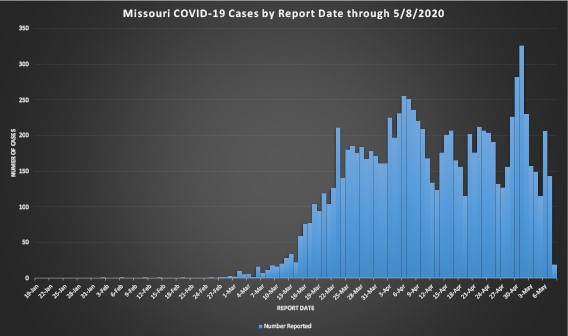I used to scoff at the idea of the multiverse – there are an infinite number of universes out there where anything is possible – but after hearing that James Cromwell superglued his hand to the counter at a Starbucks as part of PETA protesting the up charge for fake creamer at a company that is built on the up charge because apparently vegan creamer is a basic human right or something, I now subscribe to the leaky multiverse hypothesis: not only do we live in a multiverse but people can leak through between them. Because clearly no one from this universe, what with all the war, famine, disease, inflation, crime, etc would think that most pressing issue facing us is that vegan creamer costs more at Starbucks. We should be running tests on these people to see if they interact with neutrinos or emit zeta radiation or whatever to discover what alternate universe they are from and how to “leak” there so we can find out how they solved all the problems we have such difficulty with.
Sorry about ending not just the sentence but the whole paragraph with a preposition but that’s just the kind of rebel I am.


